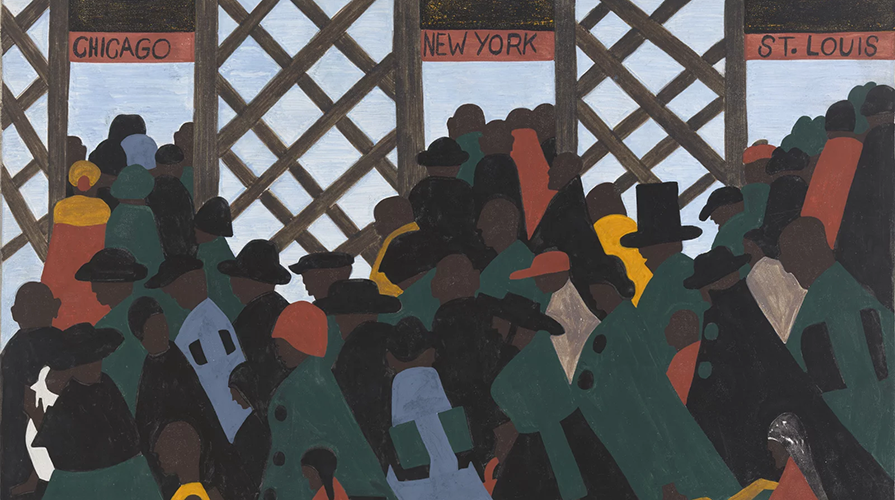
A course on the extraordinary twentieth-century demographic shift that impacted Black communities across the United States, redesigned the fabric of American cultural and political life, laid the foundations for the civil rights and Black power movements, and continues to inform our ongoing quest for social justice today.
4 units
Students enrolled in this course will earn credit for the US Diversity Core requirement.
Taught by Prof. Ball
This interdisciplinary course examines the migration of six million African Americans who left the rural South to move to cities in the North, Midwest and West in the first half of the twentieth century. Beginning with the “First Great Migration” of 1910-1930 and continuing through the “Second Great Migration” of the 1940s through the 1960s, we will explore the ways that this unprecedented demographic shift laid the groundwork for the civil rights movement, the quest for Black power, and the ongoing quest for social justice.
Throughout the course, we will remain attentive to the way that Black migrants created and nurtured the new forms of music, art, and ways of being that ultimately transformed American culture. By analyzing the dynamics of African American history in this way, we will better understand the relationship between the history and culture of Black Americans and the culture and politics of the United States.
Image credit : A panel of the Great Migration series by African-American artist Jacob Lawrence titled "During the World War there was a great migration North by Southern Negroes.” Museum of Modern Art/The Phillips Collection.
